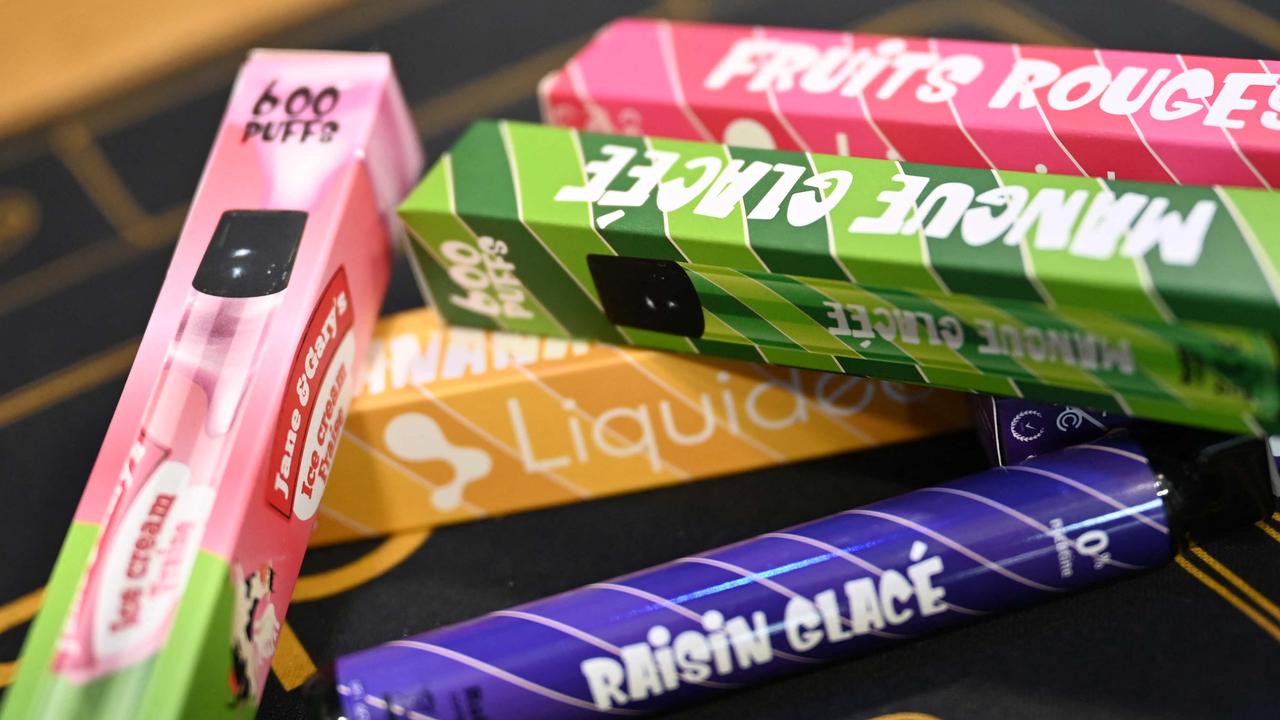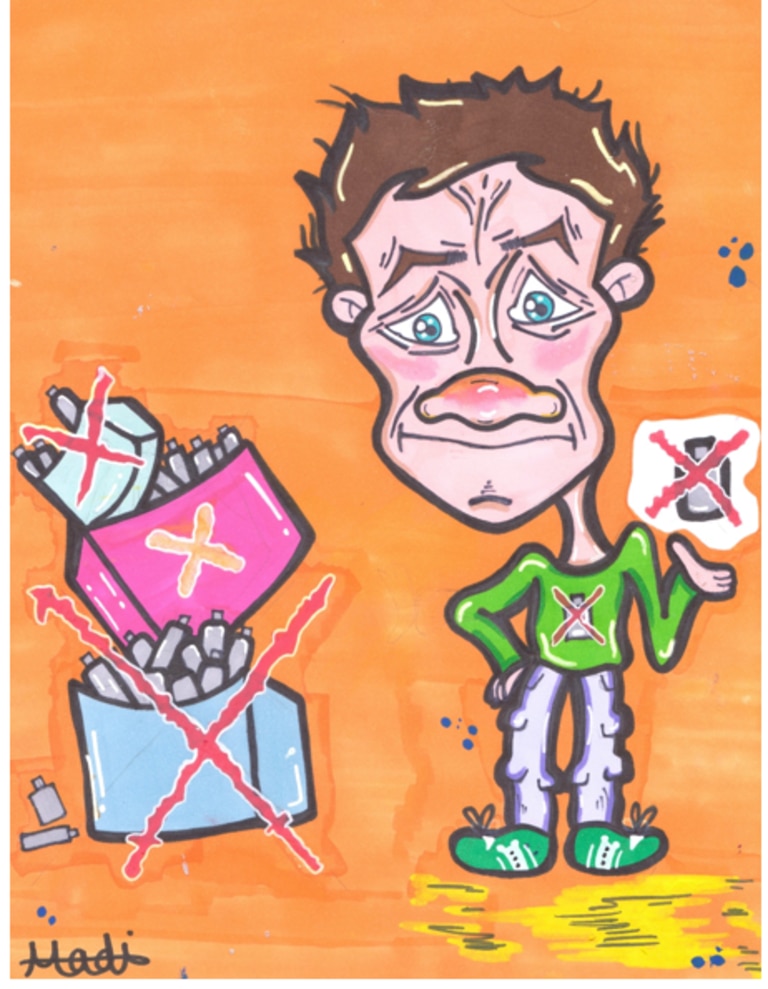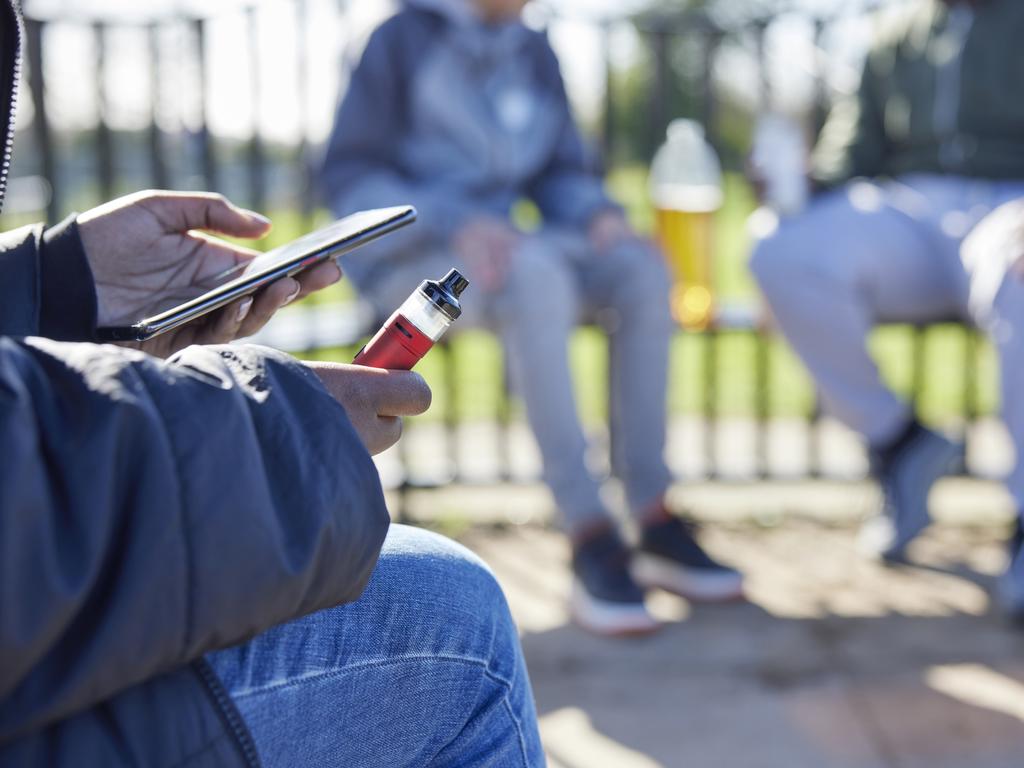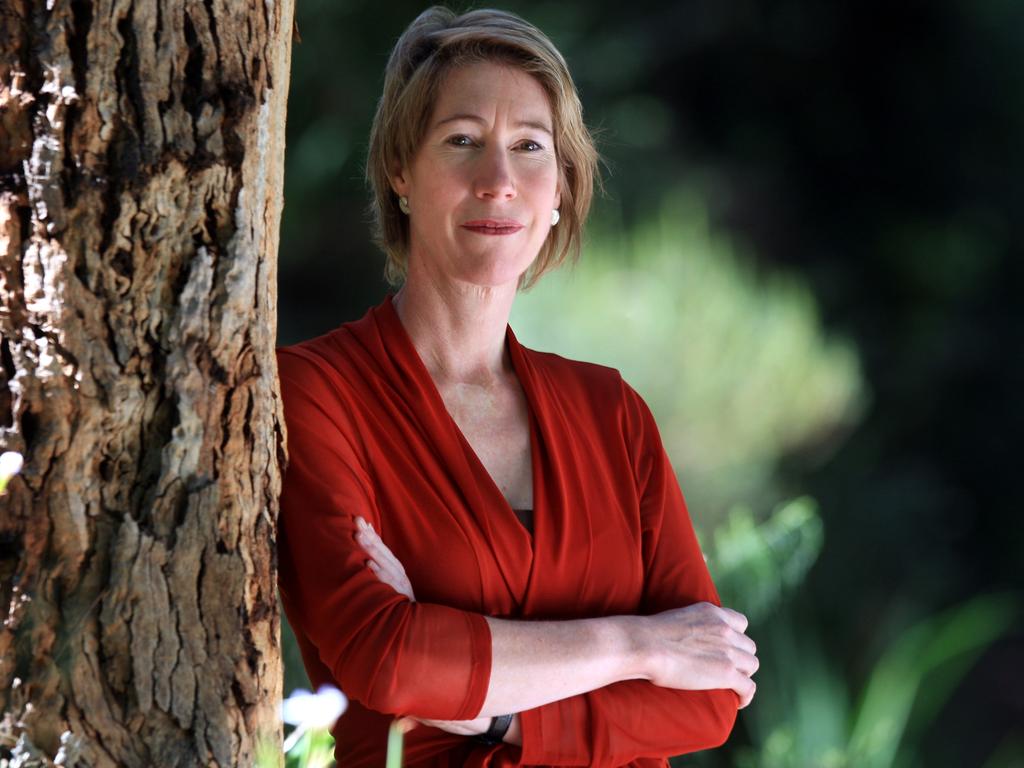Curious kids need to see past smoke and mirrors of vape sales
2024 Junior Journalist competition entry – Secondary News Story (Print) category – WARNING: RED LEVEL (secondary only): government acts on vapes designed to appeal to young children

READING LEVEL: RED
Children as young as six are experimenting with vaping, with some experiencing severe side effects including seizures, nicotine poisoning and respiratory problems.
Experts say the age of experimentation is getting younger due to a combination of factors, including peer pressure, curiosity, enticing marketing and a lack of education about the health dangers of vaping.
It comes as the Federal Government introduced new legislation this year to restrict the sale of vapes. From July 2024, vapes and vaping products can only be sold in a pharmacy to help people quit smoking or manage nicotine dependence.
The Federal Government has also announced plans to educate students about the dangers of vaping as part of a national rollout in schools in 2025.
Vaping has become more common in Australia over the past five years, particularly among young people.

In 2022-2023, nearly half of people aged 18 to 24 years reported using a vape at least once, according to research by the Australian Institute of Health and Welfare.
This represents an 87.5 per cent increase since 2019.
In 2022-2023, nearly 30 per cent of teens aged 14 to 17 years reported using vapes – up from 9.6 per cent in 2019.
A survey by peak body Private Healthcare Australia found 178 people required hospital treatment over the past four years as a result of vaping, including seven children younger than 15 years who were hospitalised due to a vaping-related disorder or injury.
A toddler was also hospitalised as a result of accidental poisoning associated with vaping.
An additional 19 young people aged 15 to 24 years required hospital treatment for issues related to vaping.
Private Healthcare Australia chief executive Dr Rachel David said the data only related to private health claims and was likely to be just the ‘tip of the iceberg’.
“This is more evidence of the dangerous, addictive threat vaping poses to Australians of all ages, including young people who may not realise they’re gambling with their health,” she said.
“E-cigarettes or vapes might smell sweet and look benign, but research shows they contain up to 200 chemicals including weed killer and paint stripper.
“We also know that many of the products claiming to be nicotine-free contain the addictive drug.”

The vaping problem has spilled over to schools, with sources saying that some schools have resorted to locking the toilets during class time to deter students from vaping despite vapes being banned in government and non-governments schools.
In Victoria, the Department of Education discourages schools from using additional measures such as vape detectors to stamp out vaping.
Social worker, counsellor and keynote speaker Azelene Williams has first-hand knowledge of the harms associated with vaping.
Ms Williams was a smoker for 23 years and also vaped. She was diagnosed with Stage 1 emphysema in 2018.
Ms Williams now visits schools across Australia to warn young people about the dangers of vaping.
“I have worked with students in Year 3 who are using and selling vapes at school,” she said.
“To combat this trend, it is crucial to implement comprehensive educational programs that start at a younger age.”
Ms Williams said the harms associated with vaping include respiratory issues such as coughing, wheezing and shortness of breath, cardiovascular problems such as increased heart rate and elevated blood pressure and headaches, nausea and possible seizures.
Other harms include anxiety and depression, lung damage and a condition known as ‘popcorn lung’, which is caused by inhaling a chemical called diacetyl that is used in some vape flavours.
Ms Williams welcomed tighter controls on the vape industry to mitigate the risks associated with vaping.
“However, ongoing education and support, coupled with rigorous enforcement, will be critical to the long-term success of these initiatives,” she said.

The Royal Children’s Hospital Centre for Adolescent Health director, Professor Susan Sawyer, said parents were right to be concerned about vaping.
“While some young people are only experimenting, more frequent use is also common, with concerns that because the industry is still largely unregulated, many young people are accessing nicotine in vapes,” Prof Sawyer said.
“Many of these vapes contain much higher levels of nicotine than in tobacco, which risks the rapid development of nicotine addiction.”

In Melbourne’s north, the City of Whittlesea Youth Council has launched an information and awareness campaign to expose the bitter truth hidden behind the sweet flavours of some vapes.
“The rise in vaping among young people is very worrying,” City of Whittlesea Youth Council mayor Zachary Melvaine said.
“We’ve seen more and more of our friends and peers start vaping, and we’re taking action to ensure they understand the hidden chemicals in them.
“This is about protecting our health now and in the future.”
Youth Council deputy mayor Kaynat Virk said the dangers associated with vaping were real.
“Don’t let the flavours fool you,” she said.
“Protect your health, know the risks, and choose a future free from dependence.”
Sources:
- health.gov.au/topics/smoking-vaping-and-tobacco/about-vaping
- vapingfacts.org.au/
- rch.org.au/kidsinfo/fact_sheets/E-cigarettes_and_teens/
- adf.org.au/talking-about-drugs/vaping/vaping-youth/talking-about-vaping/
- vapingfacts.org.au/start-the-conversation
Please note: Images were added to this Junior Journo competition entry by Kids News editors and minor edits applied as per publishing requirements and editorial guidelines on the site.

